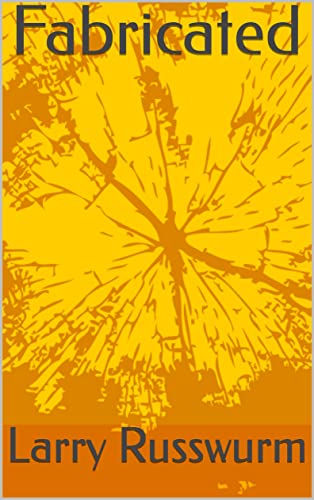Last week’s post about “One” made me think. Perhaps “One” could be made into a protagonist of a story. But , alas, I didn’t find him powerful enough as is to be good for a story.
But, still, I now had a guide for my thinking. Let’s take a tiny rod and say lightly touch an end to your back. Here we have a zero point. What if we press the rod forward with a pressure or to a certain distance. I find pressure to be preferable. What if our back could differentiate between ten different pressures without hurting? We would have 10 grades or degrees.
Now lets make that one rod into a grid of rods. A person’s back below the shoulder blades isn’t perfectly flat but with the zero point of each rod set as lightly touching the back, it is close enough. All are able to poke into your back to a different degree of pressure. Or perhaps a different distance. What we have now is the amount of information available in a low resolution black and white camera. The degree from each rod is the intensity. Lightly touching back skin is zero or black. Pushing in at a ten is white or maximum intensity. The grid defines the picture.
The picture would be delivered by a low resolution digital camera, perhaps attached to the forehead.
There are problems I see with this regime of information.
Perhaps distance grades wouldn’t work. After all the distance measured by touch would probably be different if you were pushing in on your back skin over bone, muscle or fat..
And the problem with pressure grades is that a rod pushing in at the maximum pressure of 10 makes it easier to push in neighbouring rods to 10, thus a big area of maximum intensity might push in further than a point and might end up hurting the back.
Regardless of which regime of “intensity” grades is used I think we can successfully “see” (with touch) a low resolution picture on our backs – we just have to learn to interpret the result.
In this day of proven brain plasticity, I hope that a brain can learn to translate these touch pictures to a visual. The low resolution black and white pictures could be seen over time as motion pictures. A curious brain ought to be able to learn from this, especially if it is young and thus adaptable.
So hopefully there would be some sight for the blind, if a bit on the low quality side.
Now I’ve been writing these posts all with at least a bit of humour. So let’s say our blind person with the back get up points her head (and thus low resolution camera) at the sun. Then she might oscillate her head around instead of fully focusing on the sun. Why? She would be trying to massage her back.
You would see a hump back on people in occupations that would want to see behind themselves. So say, professional teachers would have hump backs with digital cameras pointing backwards so the students couldn’t get out of control.
More sneakily, some women might put their humps on the stomach, pretending pregnancy so as to obfuscate clues about the third eye or low resolution digital camera pointing backwards. But if they are ticklish this wouldn’t work. For instance those rambunctious students could tell by their teacher’s laugh they are being watched.


Aside from the mechanical advantages of a light-activated backscratcher, restoring vision might be as easy as teaching the skin to see: Engineer studying “skin vision”.
And did you know the Bionic Man’s eye is real?
And then there’s the tongue vision sensor…
–Bob.
The tongue vision sensor looks the neatest. But if I keep to my original idea of following up the song “One” (with a story not a song), the land mine has taken his speech, too, which presumably could mean his tongue got bitten off. So I might be better off with one of the other ideas.
Hi, Awesome post you made. Are you able the elaborate more in your next posts. I’m very interested in digital photography as well and would definitely appreciated some extra infomation.
Thanks
Stanley Neuenfeldt
I’m actually writing the science fiction story based on this. I focus on just the pressure approach – I now believe distance won’t work. The only thing I can say about the digital camera is that it has a computer helping it out. With so few grays to be felt, the computer would maximize the number of grays under different lightings and for different scenes.